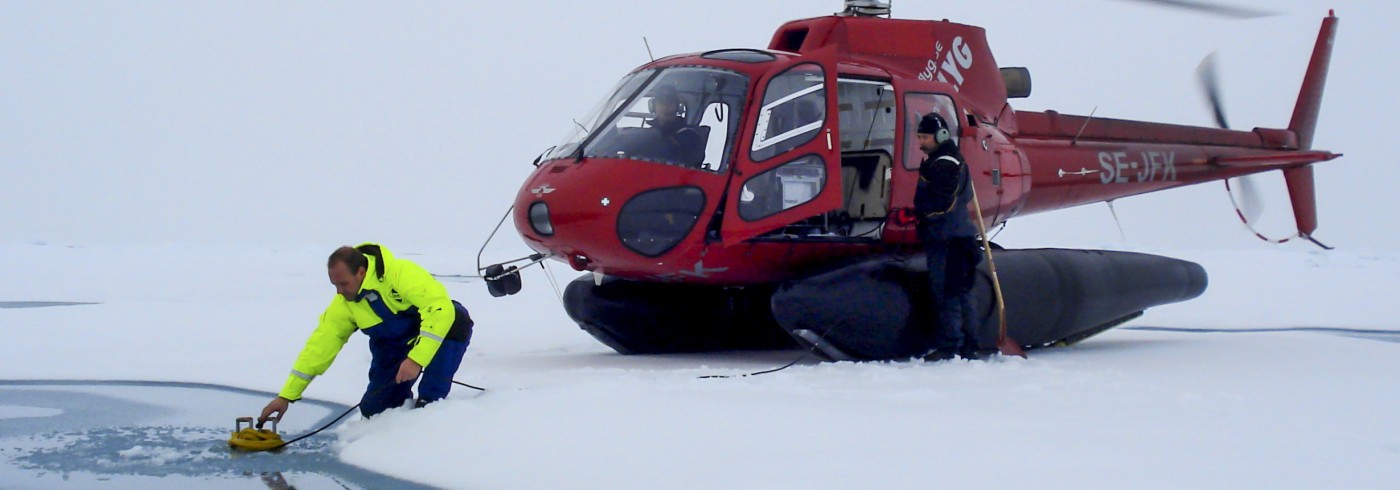Bacterial communities and bioactive bacteria
31 July 2009 - 10 September 2009This study addresses the investigation of marine bacterial communities in largely unexplored north polar habitats, as well as the isolation of bioactive bacteria from these locations. The term bioactive bacteria refers to marine bacterial strains that produce antibiotic substances inhibiting or killing other (diseasecausing) microorganisms. Findings of novel bioactive bacteria would be of great value for the pharmaceutical sector as well as for food and aquaculture industries that share an increasing need for novel antibiotics in order to combat multidrug-resistant pathogens.
Raw environmental samples including water, zooplankton, sediment and sea ice were collected by standard procedures in the other projects onboard, and kindly shared with the present project for bacteria isolation and community studies.
Preparation of the raw samples for isolation of bacteria was carried out onboard, using procedures that enabled a sterile, and often freezing, storage until analysis work at DTU started.
The detailed analysis at DTU Aqua will consist of individual steps addressing (i) isolation of bacteria from environmental samples, (ii) screening of obtained isolates for bioactivity, and (iii) taxonomic, physiological and chemical characterization of selected isolates. Supporting culture-independent studies using mole-cular techniques will characterize the composition of bacteria communities at selected sites from where bioactive isolates were obtained.
Neither the cultivation of live bacteria nor molecular studies were possible aboard Oden, hence no results can be reported. Revival and screening of obtained bacteria will indicate the number of bioactive strains obtained, and allow a rating of their bioactivity. The most bioactive strains will be implemented in an ongoing multidisciplinary research project focusing on bioactive bacteria from the world’s oceans. This project is based on samples from the Galathea 3 expedition, and the bioactive strains obtained during LOMROG II will represent a valuable complement to our global library of bioactive microbes that hitherto lacks strains from the high Arctic Ocean.

